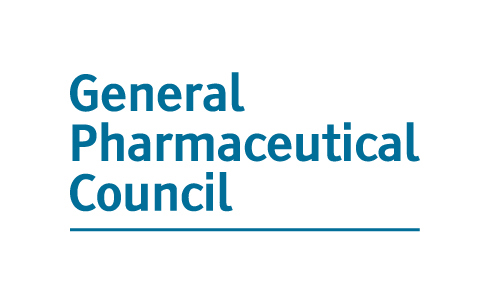Winter eczema solutions
People with dry and eczema-prone skin often find they need to use more emollients in the winter months to keep their skin in good condition. Choosing a suitable product that protects and repairs the skin barrier is key to success.
Atopic eczema is the result of a ‘gene-environment interaction’ where genetic factors lead to breakdown of the skin barrier and environmental allergens and irritants trigger further damage.1 In the winter months sensitive, eczema-prone skin is easily irritated by the combined effects of cold weather outdoors, hot, dry air indoors and itchy winter clothing. Without effective treatment the skin can quickly develop the characteristic inflamed, red, dry, itchy, sore patches of eczema. Scratching relieves itching temporarily but releases inflammatory mediators that trigger more itching and so the ‘itch-scratch cycle’ is established and skin is further damaged. Many people with eczema are familiar with this pattern and know that they will have to use extra emollients to keep their skin in good condition and avoid further damage – prevention is better than cure.
Current guidelines (2,3) recommend regular use of emollients on eczema-prone skin, to manage sub- clinical eczema and prevent flare ups. However, emollients are not all the same and finding the right one for someone can make all the difference.
Traditionally, heavy, greasy emollients were recommended to keep eczematous skin well-hydrated but these can be unpleasant and inconvenient to use. Research has shown that ceramides can help to restore skin barrier function. Ceramides are components of natural skin lipids and are reduced in dry skin and eczema (4).
The Dermalex eczema range (Dermalex Eczema Treatment, Dermalex Eczema Treatment for Babies and Children, Dermalex Hand Irritation Treatment) contains skin-identical lipids (e.g. ceramides), glycerin (humectant) and MagneoLite™ Complex in a light emollient base. Dermalex Eczema Treatment helps to restore barrier function and hydrates the skin through the combined effects of the ceramides, glycerin and emollient ingredients (5). MagneoLite™ Complex contains magnesium and magnesium salts have been used for centuries in balneotherapies to treat eczema symptoms (6).
In a randomised, controlled trial in patients with mild-to-moderate eczema, Dermalex Eczema Treatment was shown to be as effective as a 1% hydrocortisone cream (average symptom improvement over 6 weeks, when compared to a petrolatum- cetomacrogol cream with 1 % hydrocortisone) (5).
References
1. Cork MJ, Robinson DA, Vasilopoulos Y et al. New perspectives on epidermal barrier dysfunction in atopic dermatitis: Gene–environment interactions. J Allergy Clin Immunol
2006;118:3-21
2. Atopic eczema in children. Management of atopic eczema in children from birth up to the age of 12 years. NICE Clinical Guideline 57. December 2007
3. Management of atopic eczema in primary care. A national clinical guideline. SIGN Guideline 125. March 2011
4. Imokawa G, Abe A, Jin K et al. Decreased level of ceramides in stratum corneum of atopic dermatitis: an etiologic factor in atopic dry skin? J Invest Dermatol 1991;96:523-526
5. Koppes SA, Charles F, Lammers LA et al. Efficacy of a Cream Containing Ceramides and Magnesium in the Treatment of Mild to Moderate Atopic Dermatitis: A Randomized, Double-blind, Emollient- and Hydrocortisone- controlled Trial. Acta Derm Venereol
2016;96:948-953
6. Matz, H.; Orion, E.; Wolf, R., Balneotherapy in dermatology. Dermatol Ther
2003;16(2):132-40
For more information go to
www.dermalex.co.uk


)
)
)
)
)
)
)
)
)
)
)
)
)
)
)
)
)
)
)
)
)
)
)
)
)
)
)
)
)
)
)
)
)
)
)
)
)

.png/fit-in/500x500/filters:no_upscale())
)
)
)
)
)
)
)
)
)
)
)
)
)
)
)
)
)
)
)
)
)
)
)
)
)
)
)
)
)
)
)
)
)
)
)
)
.png/fit-in/1280x9999/filters:no_upscale())
)
)
)
)
)
